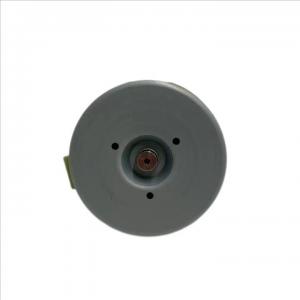
Add to Cart
Description:
Structural diagram

Advantages of Brushless Motors
1. Brushless, low interference
2. Low noise, smooth operation
3. Long service life and low maintenance costs
4. No sparks
Brushless motor is a typical electromechanical integrated product, composed of the motor body and driver, widely used in high-end recording consoles, video recorders, electronic instruments, and automated office equipment.
1. High efficiency and low energy consumption. The application of brushless motors is being vigorously promoted worldwide, which is closely related to the performance advantages of brushless motors themselves. From the perspective of energy consumption, it is indeed a trend.
2. Low noise (silent) and smooth operation. Brushless motors without brushes greatly reduce friction during operation, resulting in smoother operation and much lower noise. This is an advantage for many applications, such as home appliances, industrial automation, and medical industries, which require a quiet environment.
3. Long service life and low maintenance costs. The structural characteristics of brushless motors determine their long lifespan, and within a reasonable range of use, brushless motors basically do not require additional maintenance costs.
4. Wide application range and excellent control effect. The brushless motor is equipped with a controller (driver) that can achieve control from simple to complex, and can meet various communication requirements (232485, can, etc.), so that in addition to meeting some conventional mechanical actions, it can also execute complex control commands. And with the widespread use of magnetic encoders in recent years, they can replace some simple servo applications.
Interior magnet designs have been developed to counter several apparent or real shortcomings of surface mount motors: • Flux concentrating designs allow the flux density in the air-gap to be higher than the flux density in the magnets themselves. • In interior magnet designs there is some degree of shielding of the magnets from high order space harmonic fields by the pole pieces. • There are control advantages to some types of interior magnet motors, as we will show anon. Essentially, they have relatively large negative saliency which enhances “flux weakening” for high speed operation, in rather direct analogy the what is done in DC machines. • Some types of internal magnet designs have (or claim) structural advantages over surface mount magnet designs.
